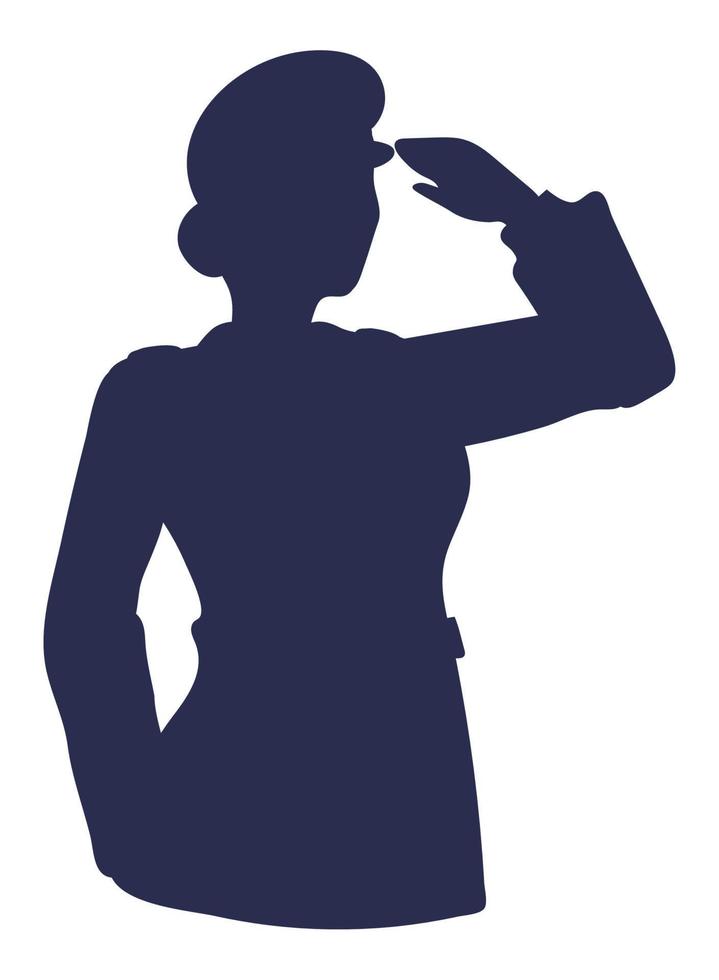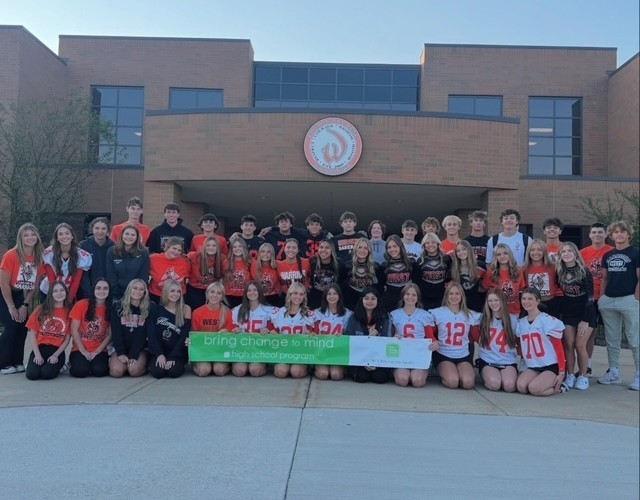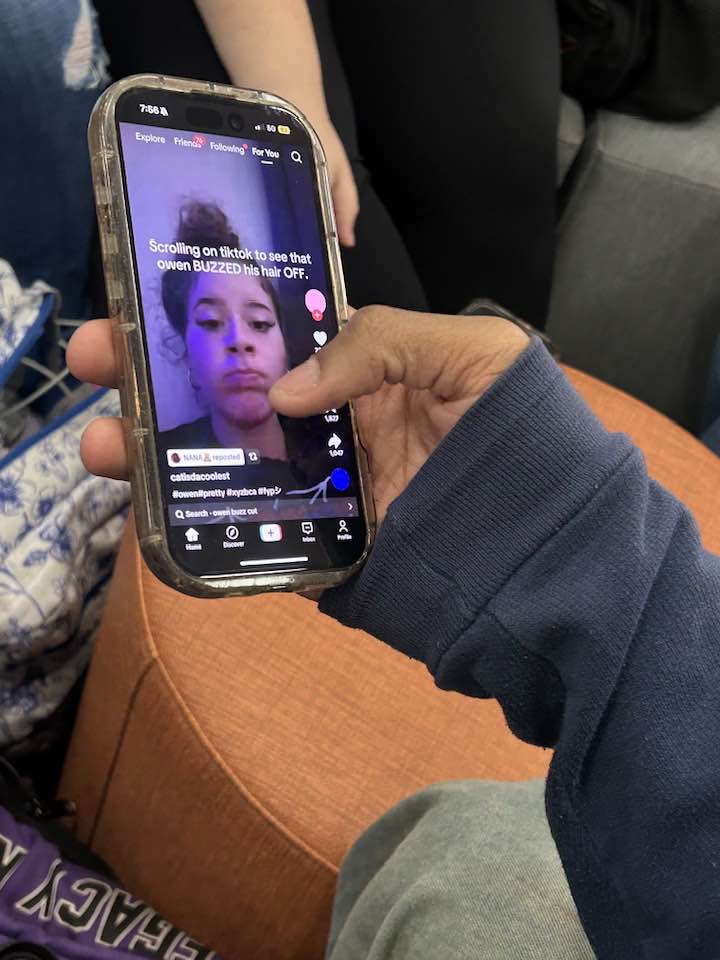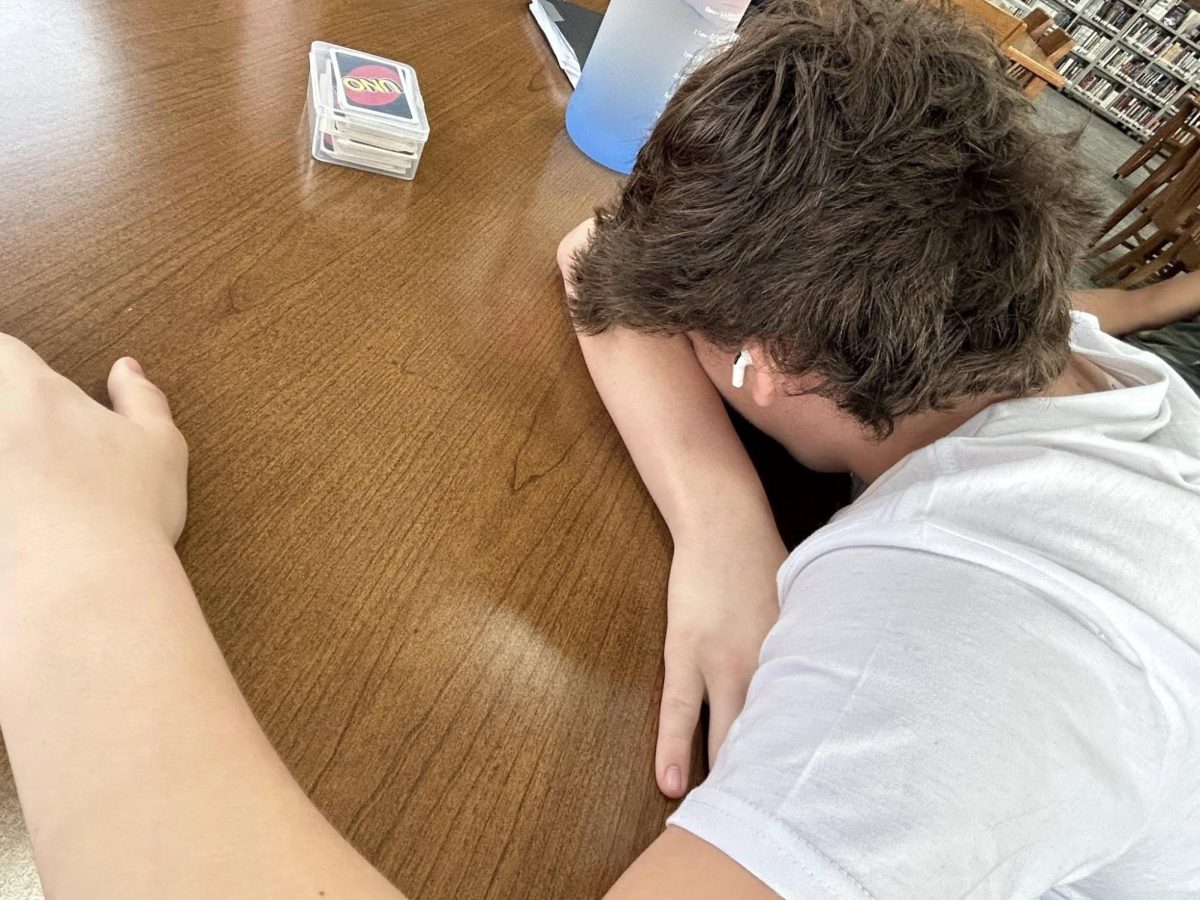“Have some fire. Be unstoppable. Be a force of nature. Be better than anyone here. And don’t give a damn what anyone thinks.” -Shonda Rhimes.
Historically. men were considered the protectors in society. They were the soldiers and breadwinners while woman were the ones who kept the home and raised the children. Fighting in wars used to be only for men, but even then, woman found ways to fight for their country. Throughout history, men were the only ones allowed to enlist in militaries around the world. As of June of 1948, women have been allowed to enlist in the U.S. military, but they were serving our country long before then. They may not have served as traditional soldiers, but historically women have been directly involved in most wars in either supporting roles or going as far as disguising themselves as men to fight in the war. Their stories may not often be told but many brave women helped defend our country alongside the men of their time.
In the Revolutionary War, women went with their husbands, brothers, and fathers who enlisted in the continental congress’s army and mended cloths, tended to wounds, foraged, cooked, as well as cleaned cannons. Some women, such as Margret Corbin, disguised themselves as men and traveled to the front lines. Margret Corbin traveled with her husband to the front lines of the Battle of Fort Washington where she helped him load his cannon. When he was shot by enemy fire, Corbin carried on fighting even after being shot three times. She was given a military pension and years after her death she was reburied at West Point with full military honors. Another woman who served in the Revolutionary War was Deborah Sampson who enlisted in the Army using the name Robert Shirtliffe. She was assigned to be a scout in a light infantry company. After she was wounded in battle, she was discovered to be a woman and sent discharged. Years later, after her death, Congress recognized her as a Revolutionary soldier and gave her husband a widow’s pension. Nancy Morgan Hart served in the Revolutionary War in an unconventional way as a spy. While her husband was away at war, she snuck away from her household and spied on behalf of the Patriots. She disguised herself as a man to enter British camps in Augusta, Georgia and successful gathered intelligence on British defenses.
During the Civil War nearly 20,000 women lent their skills to the union army. They shared their skills like cooking, growing crops, fundraising, and much more. While they aren’t often remembered, they were essential to morale and the smooth operations of the military. The Civil War is also when woman began to serve as nurses on a larger, more official scale than they previously were. Around 3,000 women were recorded to have served as Union nurses during the Civil War. Clara Barton, founder of the Red Cross, received a special “military pass” that allowed her to travel onto battlefield where she drove her medical wagons straight into the fray to tend to wounded soldiers. Another historical woman of the time was Dorothea Dix who was appointed to superintendent of the United States Army and lead her own “army of nurses” over the course of the war. Dix is remembered for pushing high training and behavior standards for her nurses and providing ample opportunities for female nurses working in support of the military. There was also Dr. Mary E. Walker who served as an assistant surgeon. She served alongside General Ambrose Burnside’s union forces in 1862, then with an Ohio regiment in East Tennessee the following year. That was until her capture as a spy by Confederates in Chattanooga, Tennessee. After her release from prison, she returned to serve as a surgeon at a women’s prisoner of war hospital. After the war, on November 11, 1865, she was awarded the Medal of Honor by Andrew Jhonson, making her the first woman to receive the Medal of Honor. It’s also estimated that more than 400 women disguised themselves as men to fight on the front lines of the war.
The Spanish American war was the first time in which nurses were in such dire need they had to officially accept female nurses as contract nurses onto the battlefield. It was the first war the U.S. participated in where nurses were assigned as a special quasi-military unit in which 1,700 women volunteered as nurses. Due to the use of these contract nurses, the Army acknowledged the necessity of nurses in war, which led to the establishment of the Army Nurse corps in 1901. On August 29th, 1898, Dr. Anita N. McGee wrote a bill to establish a Nurse Corps which eventually became section 19 of the Army Reorganization Act of 1901. She became known as the “Founder of the Army Nurse Corps”. When Congress passed the Army Reorganization Act on March 15, 1901, making the Nurse Corps a permanent corps of the medical department, Dita H. Kinney was appointed their first official superintendent.
World War I, or “The Great War,” as it was called at the time, was a war like none seen before. Countries all over the world got involved in the war due to treaties and militarization. The U.S. joined World War I at the end of the war in 1917. More than 25,000 Americans served in World War I. The Nurse Corps, which only had 403 active members at the beginning of the war, grew to more than 3,000 by June of 1918. World War I was also the first time American that women were allowed to openly serve in the Navy without hiding their identities. Since most male soldiers were out at war. it left roles to be filled by women. However, the roles women were allowed to fill were non-combative and non-commissioned officer roles. Around 12,000 women served the in the navy as “yeomanettes,” where they mostly worked clerical duties as well as telephone and radio operators. The U.S. Army Signal corps enlisted women to work as telephone and switchboard operators. More than 35,000 American women served in the military filling non-combative roles during World War I. Many women continued to serve in their positions long after Armistice Day, some returning home as late as 1923, and their service helped to secure women the right to vote. Joy Bright Hancock was one of the first women to enlist in the U.S. Navy in WWI. After the war, she remained an employee of the Navy as a civilian. When WW II broke out, she joined the Navy again rising to the rank of Captain. Due to her efforts and hard work , women were integrated into the regular Navy. Lanah Sutcliffe Higbee was the first chief of the Navy Nurse Corps, and she was awarded with the Navy Cross for her work during WW I, as well having a Navy destroyer named in her honor. Grace Banker worked as a telephone operator for the Army during WW I. She often worked near the front lines in order to convey messages on the battlefield and was awarded the Army Distinguished Medal for her service during the war.
World War I was followed by a few years of prosperity before an economic collapse for most of the world. World War II was both a consequence of that economic collapse and of horrible people gaining power. World War II, however, was extremely progressive for women and African Americans looking to serve their country and fighting for equality. World War II created a need for service in the military on a scale never seen before. More than 16 million Americans stepped up to serve on the front lines, with the majority being men. The U.S was once again left with non-combative roles that needed to be filled so the women of the U.S. stepped up too. For the first time in American history, every branch of the military had women enlisted in their ranks. Women ended up working in hundreds of fields in the military with most of those being positions previously filled only by men. Some of the fields they worked in included military intelligence, cryptography, parachute rigging, maintenance, and supply. More than 60,000 Army Nurses served around the world and 1,000 women flew aircrafts for the Women’s Airforce Service Pilots. Throughout the war around 350,000 American women openly served in the military. The Army established the Women’s Army Auxiliary Corps (WAACs), which later became the Women’s Army Corps (WACS), and the Army’s Women Airforce Service pilots (WASPS). The Navy formed the Women Accepted for Volunteer Emergency Service (WAVES). The Marine Corps enlisted women in the Marine Corps Women’s Reserve. The Coast Guard also formed the Women’s Reserve (SPARS). Charity Addams Early commanded the 6888th central postal directory battalion, which was one of the only primarily African American women’s unit to go overseas in WW II. During her senior year of college, Ann Caracristi was recruited for wartime intelligence work, she joined the signals intelligence work, and spent most the war decrypting Japanese military codes. After the war, she pursued military intelligence as a career and spent 40 years with it as her career. Violet Hill Gordon served as a captain in the WACS to the 32nd company, which was the one of the very few all-female African American unit to serve overseas.
In 1948, President Harry S. Truman signed the Women’s Armed Services Integration Act into law, which finally allowed women to serve as full, permanent members of every branch of the military. While it wasn’t a guarantee of equal opportunities for women in the military, it was a step in the right direction. When the Korean War broke out, 120,000 women went to serve in active duty positions from 1950-1953. While they still couldn’t serve in combat, they took up roles of military police and engineers. In the Vietnam War, 11,000 women were stationed in Vietnam. Other female service members worked as air traffic control, intelligence, officers, and clerks. It wasn’t until 1967 when President Lyndon B. Johnson opened promotions for women. Then in 1972 women began to be able to command units with men in them.
Since then, there has been a major amount of progress for military women, especially from the 70s to today. In June of 1975, women began to have mandatory defensive weapons training. As of January 1st 1976, women were permitted to be admitted to all service academies and were authorized to serve the same length of overseas tours as men. In 1977, the first combined gender class for a military occupational specialized school began on July 8, as well as men and women being integrated to the same basic training units in September of that year. In 1978, the WAC was disestablished as a separate corp. The first female cadets graduated West Point in 1980. In 1989, Captain Linda Bray became the first women to command U.S. troops in combat. Over 24,000 women served in operation Desert Storm in 1990. In 1994, Lieutenant Kara Hultgren became the first woman to become a Navy fighter pilot. On June 16, 2005, Sergent Leigh Ann Hester became the first woman in U.S. military history to earn the silver star for her actions in direct combat. General Ann E. Dunwoody became the first female 4-star general on November 14th, 2008. In 2013 Secretary of Defense, Leon Panetta, ended the direct ground combat exclusion rule for female service members and integrated them into combat units on Jan 24th of that year. In 2015, the Army opened more than 41,000 positions to women in US Army Special Operations Commanding. On August 21, 2015, Captain Kristen Griest and 1st lieutenant Shaye Haver became the first women to graduate Ranger training. On March 17th 2017 the Army graduated the first women infantry noncommissioned officers. Then in 2021, Christine E. Wormuth was appointed the first woman to serve as the secretary of the Army.
It was a long road to get to the point to where we are today where women and men can serve in the military in the same positions. It’s important to remember that it was something women fought long and hard to obtain and they never let gender roles or biased rules stop them from fighting for their rights and their country. It’s even more important to remember the women who fought to become soldiers and set the precedents for women’s military service.
Sources: Over 200 years of service, uso.og; Women in Army history, army.mil; defense.gov; Women’s memorial.org; nps.gov; Library of Congress(loc.gov);







